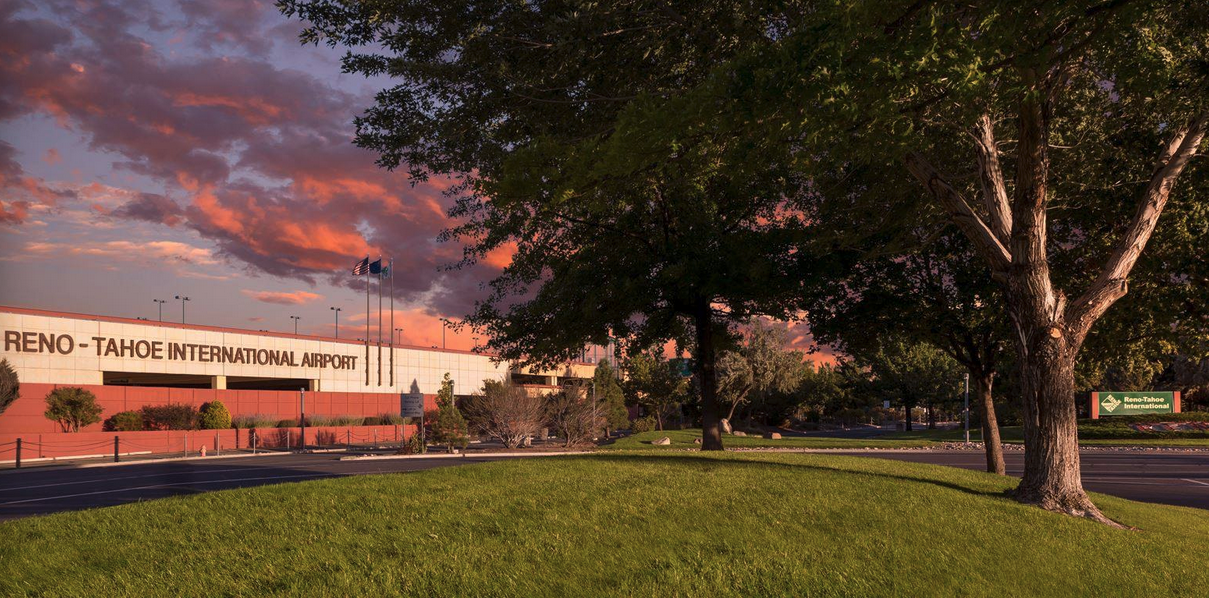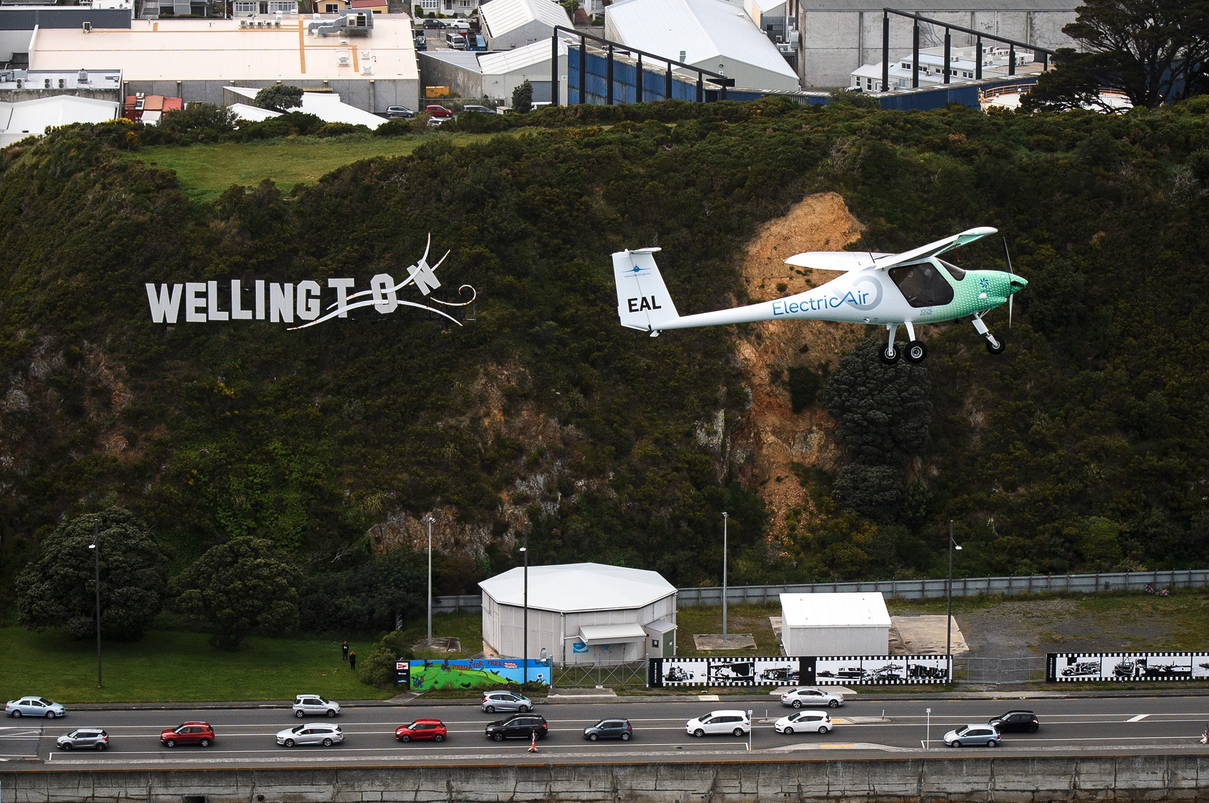Some airports are more difficult for pilots to land at, than others. Here are some of the more difficult ones, and why:
Barra Airport, Scotland
It’s said that you won’t find an airport as weird as the one in Barra, Scotland, anywhere else in the world. The runway is built on sand. Landing is only possible if weather permits. And the tarmac can be completely submerged during high tide.
Reno-Tahoe Int’l Airport

PC: Reno-Tahoe International Airport / Facebook
They say that Reno-Tahoe International Airport is one of the most challenging airports in the U.S. to land and take off from. The main reason is that its runway is at an elevation of more than 4,000 feet. And to make matters worse, the high temperatures reduce air density, which makes it particularly dangerous in the summer.
Tenzing-Hillary Airport, Nepal
If you want to climb Mount Everest, the adventure begins when you land at the Tenzing-Hillary Airport (also known as Lukla), in Nepal. It is considered one of the most dangerous, if not THE most dangerous, airports in the world.
Located over 9324 feet (1-3/4 miles) above sea level, the airstrip is just 1729 feet long (as a comparison, the shortest runway at JFK is 8400 feet long). On top of that, the site is built on a cliffside surrounded by mountains and chasms (the runway ends in a chasm. Don’t overrun it!). With all of that, it can only be accessed by helicopters and small aircraft.
Wellington Int’l Airport, New Zealand

PC: Wellington International Airport / Facebook
The pilot must have a lot of skill and experience to land at the airport in Wellington, New Zealand. The runway is only about 6500 feet. Besides that, the airport is located in a mountainous area and is often hit by very strong gusts of wind. That makes landing really difficult, so you have to know your stuff.
Paro Airport, Bhutan
But the mother of all the difficult airports to land at is Paro Airport in Bhutan.
There are several videos of planes landing at Paro, and you can get an idea of how difficult (and dangerous!) landing there actually is. Once you’ve seen a couple of the videos, read on to get a better understanding of what you were looking at:
Pilots must consider more than 100 hazards. The geography surrounding the airport also means that technology usually used on an approach can’t be used there.
See, usually when a pilot approaches an airport, there are two devices at the airport that help them land. They communicate the horizontal position of the plane relative to the runway and how far above the runway the plane is. That way, you know if you’re too far left or right and how much further you have to descend without eyeballing it.
So, these tools allow pilots to land at airports at night, during turbulence, or in poor visibility.
But at Paro Airport, the only device that a pilot has to rely on, aside from their instrument panel, are their eyes. They have to do it all in manual mode, according to exact procedures that experienced pilots and plane manufacturers developed.
So, not only do you have to make an approach zig-zagging around mountains as high as 18,000 feet, but you also have to do the whole thing by eyesight alone, using pre-determined landmarks on the ground. On top of that, the runway, which is 7300 feet above sea level (remember what we said about the elevation at Reno-Tahoe’s airport?), is also very short (6500 feet).
As a result of all this, a plane has to fly at a specific speed and altitude at each of the points on the approach to ensure a safe landing.
Oh, and the final turn on the approach? Yeah, that’s made about 30 seconds before the tires hit the runway. Here’s a video of it:
No pressure.
And get this! We’re not talking about little turboprop planes descending into Paro Airport, either. Nope, these are nearly all late-model Airbus A319s. So, they’re not exactly little planes designed for extreme maneuverability.
If you are a trained pilot, landing at a normal airport is relatively simple. But to be allowed to land at Paro, you need to undergo stringent testing. This involves simulations and successfully carrying out multiple take-offs and landings from the airport.
Landing at Paro Airport is so tough that even pilots who’ve undergone the strenuous training process can only attempt it in near-perfect conditions. They’re not allowed to land at night, in poor visibility, or if there’s turbulence.
Drukair (Royal Bhutan Airlines) and Bhutan Airlines are Bhutan’s national carriers and the only airlines that service the country. They operate from Paro to eight cities in five countries.
In 2011, Business Insider reported that only 8 pilots were qualified to fly planes into Paro. Their ranks are reportedly up to about 24 (give or take) now.
Interested in more info or video about Paro? Check this out:
Feature Image (cropped): Ralf Roletschek / Wikimedia / CC BY-SA 2.0
Want to comment on this post? Great! Read this first to help ensure it gets approved.
Want to sponsor a post, write something for Your Mileage May Vary, or put ads on our site? Click here for more info.
Like this post? Please share it! We have plenty more just like it and would love it if you decided to hang around and sign up to get emailed notifications of when we post.
Whether you’ve read our articles before or this is the first time you’re stopping by, we’re really glad you’re here and hope you come back to visit again!
This post first appeared on Your Mileage May Vary
